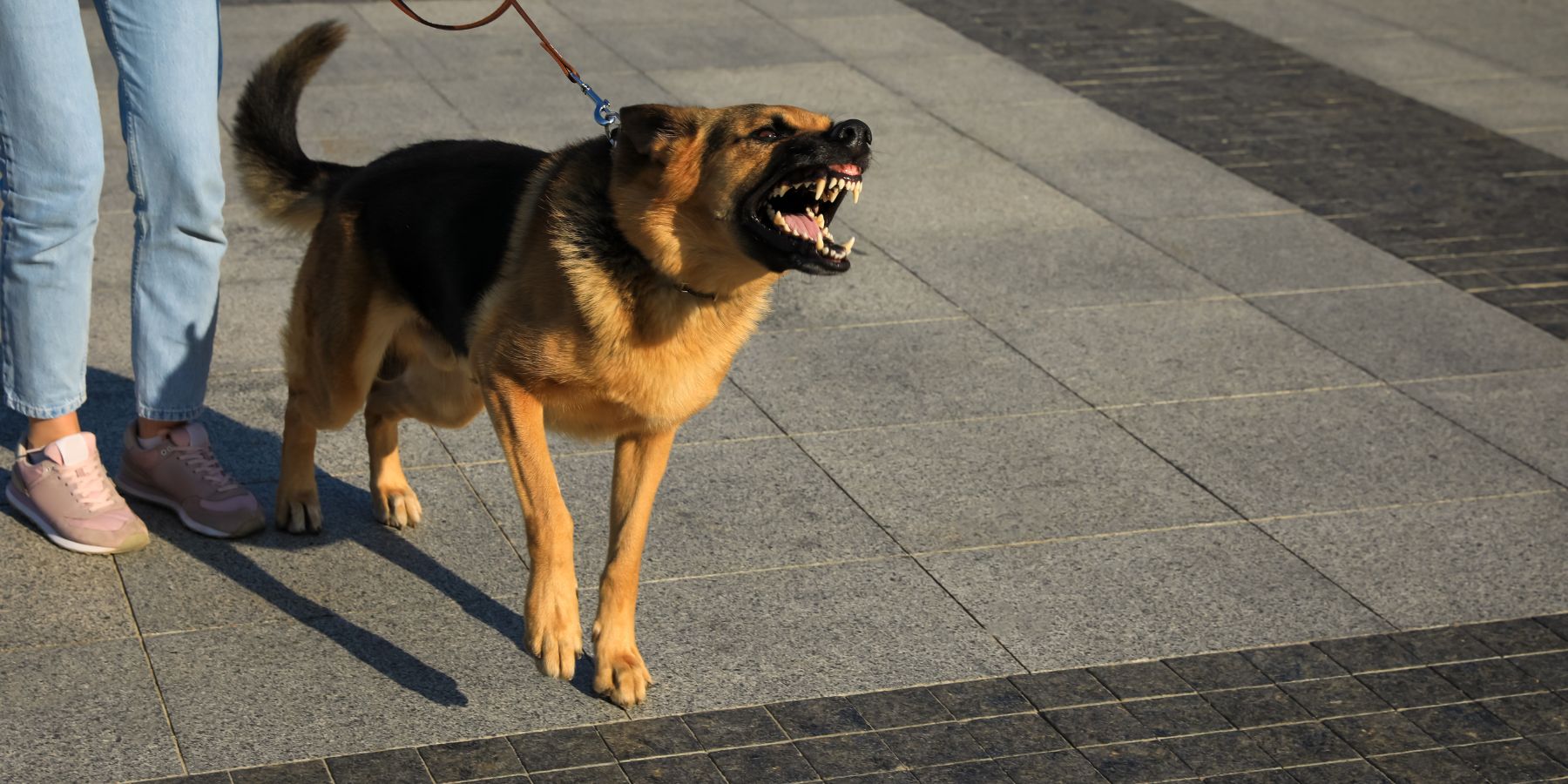Dealing with an aggressive dog can be challenging, but with the right approach, understanding, and techniques, you can create a safer environment for both your canine companion and those around you. This comprehensive guide aims to provide insights into handling aggression in dogs.
Understanding Aggression in Dogs
Identifying Signs:
Aggression in dogs can manifest in various ways, including growling, barking, snapping, or biting. Understanding these signs is crucial to addressing the issue.
Root Causes:
Aggression can stem from fear, territorial instincts, possessiveness, or even health issues. Identifying the underlying cause is the first step toward effective management.
How to calm an aggressive dog
1. Professional Evaluation:
Before implementing any strategies, consult with a veterinarian or a professional dog behaviorist. They can help assess the severity of the aggression and tailor a plan to address your dog's specific needs.
2. Consistent Training:
Consistency is key in training an aggressive dog. Establish clear boundaries, use positive reinforcement, and reward desired behaviors. Regular, short training sessions can make a significant impact.
3. Behavior Modification Techniques:
Implement behavior modification techniques, such as desensitization and counterconditioning. Gradually expose your dog to triggers in a controlled environment, rewarding calm behavior.
4. Provide Mental and Physical Stimulation:
A bored or under-stimulated dog is more likely to exhibit aggressive behaviors. Ensure your dog receives enough mental and physical exercise through walks, play, and puzzle toys.
5. Create a Safe Environment:
Prevent situations that trigger aggression. Use barriers or leashes when introducing your dog to new people or animals. This helps manage their reactions while keeping everyone safe.
Summary
Handling an aggressive dog requires a combination of understanding, professional guidance, and consistent training. Identifying the root causes and implementing appropriate strategies can significantly improve your dog's behavior and create a harmonious living environment.
FAQs about Handling Aggressive Dogs
Q1: Can an aggressive dog be trained to become non-aggressive?
In many cases, yes. Professional guidance and consistent training can help modify aggressive behavior. However, success depends on the severity of the aggression and the underlying causes.
Q2: Is punishment an effective way to handle aggression in dogs?
No. Punishment can escalate aggression and damage the bond between you and your dog. Positive reinforcement and behavior modification are more effective approaches.
Q3: How long does it take to see improvements in an aggressive dog's behavior?
The timeline varies based on the dog and the underlying issues. Consistency and patience are crucial, and improvement may take weeks to months.
Q4: Should I use a muzzle on my aggressive dog?
A muzzle can be a useful safety tool in certain situations, but it's not a long-term solution. Consult with a professional to address the root causes of aggression.
Q5: Are there natural remedies to calm an aggressive dog?
Some natural remedies, like calming pheromones and herbal supplements, may help in conjunction with behavior modification. Consult with a veterinarian for guidance.

